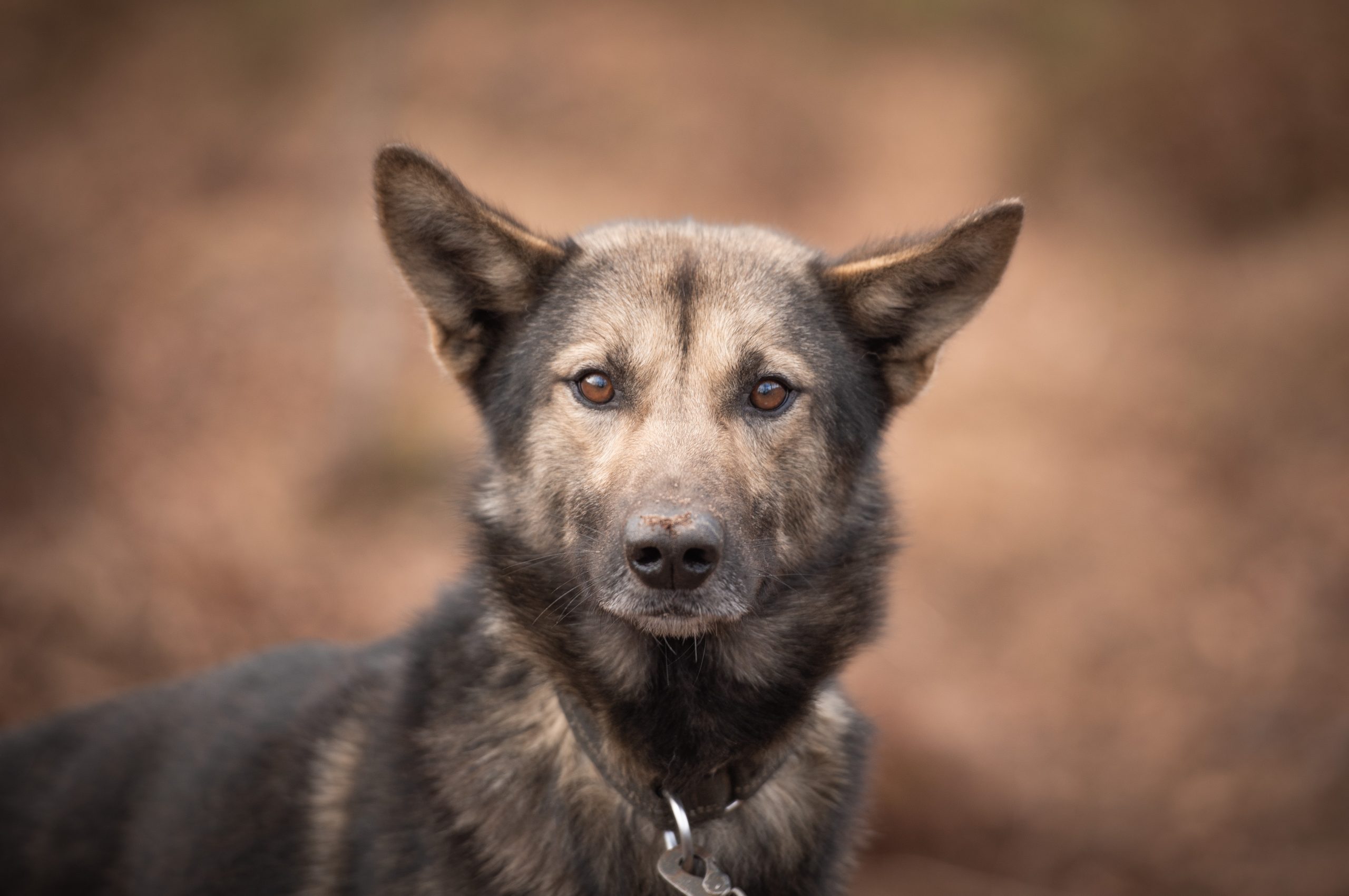Building fitness, stamina and endurance – this is Autumn Training!
By Andrea Basso
After a long summer of rest, good food and holidays, we all have some extra kilos to shed and fitness to regain, our dogs included!
Everyone looks forward to Autumn Training, as the leaves begin to change colour and it starts to get colder we pack up the entire kennel at Kvaløya and move 2 hours inland to Training Camp, located in the scenic Målselv region.
Why do we move to Training Camp?
Colder temperatures allow us to start autumn training with the dogs a little earlier. At the end of August the temperature begins to drop. Cooler temperatures are vital so the dogs can cool down after running and don’t overheat. We are living on the 69° parallel, so sometimes we can even run the dogs on a rainy day in July!
Our network of trails and gravel roads is large and varied. Over a 20km training run, the dogs can experience; flat unpaved roads (training trotting speed), muddy trails deep into the forest (training pulling strength and stamina), a river crossing (building confidence and a chance to rehydrate), and kilometres of nice and shady forest roads (training distance running). A local disused quarry also provides a large open space to test our lead dog’s true understanding of the directional commands.
We share some trails with other local mushers (both professional and hobby). When we meet our neighbours on the trail the dogs can practice passing each other head-to-head, overtaking, speed variation and impulse control.
With a large fenced in free-running area, Training Camp is perfect for both puppies and the ‘oldies’ to run and play whilst the adult dogs are autumn training. We can also use the free run area to begin and finish training. Letting the dogs run a little before we harness them means that their legs are loose and muscles are warm before training. When we finish a training run and the dogs can run loose, they naturally stretch out their muscles and cool down.
For happy and healthy dogs it is also essential that our dogs get time to ‘be dogs’, socialise and play with each other.
From our dog’s point of view, Training Camp is heaven on earth. After a hearty breakfast, they spend the day running in the teams, running loose in the free-run area with their friends or relaxing in the forest with the sun warming their muscles. After a summer of rest, for a breed like the Alaskan Husky, there is nothing better. Once the dogs arrive at Training Camp, they all know what to expect – and certainly in the first few weeks it is a lot of work to contain their enthusiasm!
What equipment do we use to train the dogs?
The equipment used for the autumn training is only slightly different to the equipment we use on our winter trips. Instead of a sled pulled by 5 or 6 dogs, we use a quad bike (or ATV) pulled by 12-14 dogs. The ATV is much heavier than the wooden sleds, so we can safely train larger teams.
The dogs pull the ATV with the engine running to help the dogs on the uphill sections and slow the dogs down on the downhill parts. In the first weeks of training, we drive at faster speeds to allow the dogs to stay light on their feet to avoid early season injuries to tendons and muscles.
The harnesses we use are the same in both autumn and winter. We use harnesses, which are specially designed for pulling, concentrating the force around the dogs shoulders and evenly across their backs. The ganglines used are very long with attachment points for 12-14 dogs. We must rinse the gangline and all of the harnesses off daily to stop build up of sand and grit which may degrade the materials and risk injury to the dogs from abrasions.
One thing that we rarely need in wintertime, but will always have at the ready for autumn training, is the water bucket! Not essential in winter when the ground is covered by one meter of snow, but in autumn in the crisp dry air it is essential to give the dogs safe access to water before, during and after training.
The training routes that we use cross a river at least twice, however even with a even with this, the dogs still need to drink when we arrive back at Training Camp, to compensate for loss of fluids, but also help them to cool down by cooling the blood vessels behind the throat (the dog’s radiator).
Water consumption is carefully monitored, too much water is dangerous, and gulping water too fast can also lead to gastric torsion, so we monitor the dogs carefully.
Imagine pulling a heavy weight using just the grip from your bare feet. You will probably struggle to make it very far without shoes! Well, for our dog this is the same. Pulling hard on rugged trails can be tough on paws. We create resilience in the dog’s feet by using the soft forest trails at the start of training, and building up to the rough gravel trails. Once the dogs are running distances of 18-24 kilometres per day we use ‘booties‘. These doggie socks are essential to protect the dog’s feet from wear and tear. Most dogs only need booties on their back feet, as this is where the power and force is driven. However you may find a couple of dogs that have more sensitive feet and appreciate booties on all four paws.
How long is autumn training?
Training usually starts between late August and early September. We train the dogs 5 days a week until the final few days of October. After this point the snow should be deep enough at our kennel in Kvaløya letting us start the tourist season on the sleds. That white fluffy stuff is certainly unpredictable, so when the snow comes early our training ends early and we head out into the white winter wonderland of Kvaløya, conversley if the weather stays warm we may have a few more weeks of training before bringing everyone home. Once we start training our champs it is important to keep them active so they don’t lose the condition we have built up in them.
They need to be ready to go as soon as the snow is thick and deep enough.
What training program do we follow?
We stick to a rough training plan, but as all mushers say “we are training dogs not building rockets” so we also have to factor in a lot of variables.
The first week or two dogs are super excited to start running again but they are also a bit overweight so it can be dangerous for their joints and tendons to let them pull hard. The temperature is usually between 10-15°C in this period, ok for training without risk of overheating but not cold enough to allow them to cool themselves down by panting alone. The training runs are kept short, usually 5 to 6 kilometres. The dogs have many breaks and run at a higher speed than their “sledding speed” to keep them lighter on their feet.
When they get rid of the extra kilograms (usually within a couple of weeks) we can move up to 8-10km distances. The speed is still encouraging a fast and light pace on the gravel roads, but we will slow the ATV on the soft forest terrain to encourage the dogs to start pulling and gradually build up their muscles.
When building stamina in this way it is important to increase the distance very gradually to support endurance training. We know our dogs can easily run 20km already but they will be tired the day after. Our aim, at the end of the training season, is that the dogs will be able to comfortably run that distance day after day.
The varied training environments on the trails around Training Camp are perfect for keeping the dog’s focus. We can dedicate a day testing their trotting speed, by running mainly on the gravel roads, and use another day to let them pull the ATV without throttle’s help on the soft forest ground. We also dedicate training time in the quarry with a team of youngsters to improve directional commands ‘left’ (venstre) and ‘right’ (høyre) around rock piles to turn the young stars into fantastic lead dogs. Varying training in these ways helps our dog’s develop different muscles as well as working their brains.
By the end of autumn training, the dogs will be able to comfortably run 18-24 kilometres.
We have this goal in mind, but also that the training program is varied and interesting for the dogs. For example, starting with a shorter run on Monday, to warm up after resting over the weekend. Longer runs in the middle of the week, and tapering down to a light and short run on Friday.
How do we fuel these athletes during the autumn training?
As with everything in life, you get out of it what you put in it! As we build up the training feeding has a vital role. Food content and quantity varies almost daily. Adjustments are made for each individual dog, the weather and the distances run that day. The dog’s meals contain extra water in the beginning of autumn, when temperatures are still relatively high and they are going on shorter, faster runs. Towards the end of autumn training we feed a more calorific porridge of meat and specialist dry food. At this point temperatures are already below zero, and our dogs are burning several thousand calories per day.
What is the best part thing about autumn training?
It is not only the dogs that love this time of year. We absolutely love it as well. After waiting for the whole summer to get back behind the teams, the freedom of jumping on the ATV and getting out on the trails is fantastic. With memories of last summer’s puppies, so small you could hold them in the palm of your hand, now 14 months old and roughly 25kg, blossoming into a steady lead dog or hard working wheel dog is like nothing else.
I have a passion for carpentry and like to build new improvements to make Training Camp even nicer for both two and four legged members of the team. After I finish training the dogs, feeding and cleaning, I’m always busy building something new, or repairing something that needs care. Of course when the sun is shining on the beautiful autumn leaves, I love to take a hike with an ‘oldie’ or two as a great way to unwind. And when the day is done and I tiptoe out of my cabin last thing, the Northern Lights are dancing above me and I can only stare and smile in wonder.
Did I mention we also have sauna and hot-tub there too?




